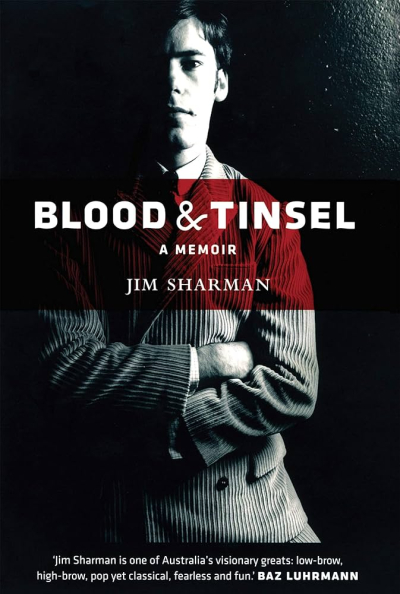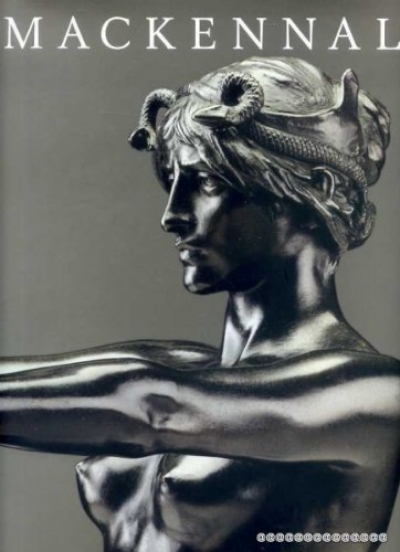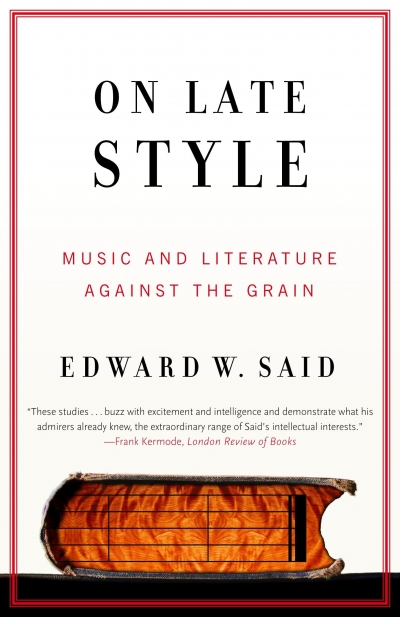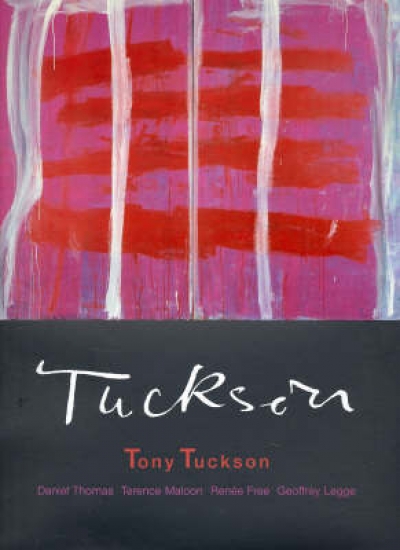Arts
Australian Pastoral: The making of a white landscape by Jeannette Hoorn
by Daniel Thomas •
Bertram Mackennal: The Fifth Balnaves Foundation Sculpture Project by Deborah Edwards
by Christopher Menz •
Printed Images in Colonial Australia 1801-1901 edited by Roger Butler & Printed Images by Australian Artists 1885-1955 edited by Roger Butler
by John McPhee •
On Late Style: Music and literature against the grain by Edward W. Said
by Ian Donaldson •
It is one thing for Macbeth (of whom more in a moment) to chide himself for ‘vaulting ambition’; it is not, though, the first stick we would choose to beat Australian cinema with. Now, with 2006 nearly over and everybody saying what a good year it has been for local films, I want to identify ‘ambition’ as a key element in the making of this ‘good year’.
... (read more)Bellini, Giorgione, Titian, and the Renaissance of Venetian Painting by David Alan Brown et al.
by Luke Morgan •









